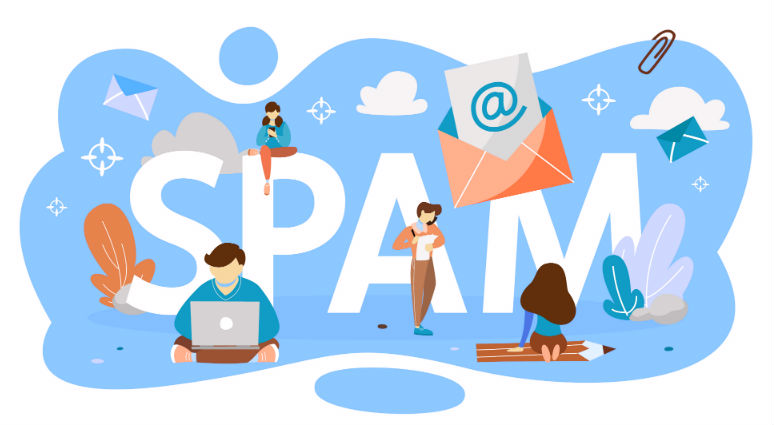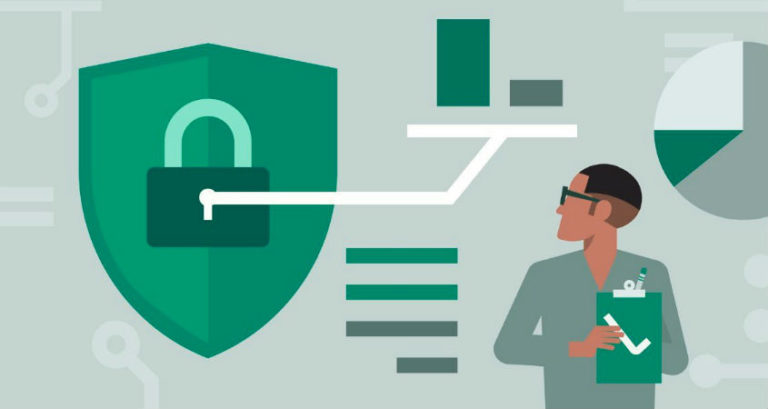How to Keep Your Emails Out of Spam Folders
It doesn’t do you any good to go through all the trouble of developing an opt-in email list of interested prospects, if the emails you send them (and they want) end up in their spam folder.
In general, there are three things that make an email look spammy:
- if the email contains spammy content;
- if the email is not authenticated; and
- if the email was sent from a spammy email server.
If you protect the emails you send from these three things, you should have a very high delivery rate.
So, here is a quick list of best practices to make sure your emails stay out of spam folders.
Check for Spammy Content Before Sending
Unless you’re actually sending out spam intentionally, you probably don’t need to be warned to avoid using spammy words like Viagra. But that doesn’t mean you may not unintentionally send out an email with spammy content in it.
There’s some general advice to follow like avoid stuffing your email with keywords and useless content. But now, there’s even something better: a tool to check the spam content of your email. It’s called ISnotSPAM and it does just what you think it does: checks your email for spammy content. You just send your email to the designated email address and view your report. That’s all there is to it.
Only Send Authenticated Emails
There are three technologies, which have been developed over the years, that enable email senders to send authenticated emails. And authenticated emails are trusted emails, especially by ISPs, who have the power to filter your emails into their spam folders.
The first technology is SPF, or Sender Policy Framework. SPF allows the receiving mail server to check during mail delivery that a mail claiming to come from a specific domain is submitted by an IP address authorized by that domain’s administrators.
The second technology is DKIM, or DomainKeys Identified Mail. DKIM is an email authentication method designed to detect forged sender addresses in emails.
The third technology, DMARC, or Domain-based Message Authentication, Reporting and Conformance, ties the other two technologies together. DMARC is designed to give email domain owners the ability to protect their domain from unauthorized use.
If you want to keep your emails out of spam folders, you need to keep ISPs happy.
And to do that requires you to send authenticated emails. Using any one of the above technologies will increase the trust factor of outbound email. But using all three together will maximize your chances of keeping your emails out of spam folders.
Only Send Emails from Clean IPs and Email Servers
When an email server gets a bad reputation for sending out spam, both the IP address of the server and email domain end up on a blacklist. Once they’re on a blacklist, anything coming out of that IP or from that domain have a hard time avoiding the spam folder.
The challenge here of course comes when you use a shared email hosting provider. You may not be sending out spam, but if someone else using that server does, that IP will be blacklisted which will directly affect your ability to send email.
When you use a shared outbound SMTP service, make sure they have a zero spam policy that blocks or restricts messages that would damage the reputation for everyone using that service. Outbound spam filtering is an essential best practice to keeping your emails out of spam folder.
Summary
If you’re going to send out a large number of emails, you may as well take the time to make sure they avoid the spam folder. If you’re unsure where to start to make sure that happens, checkout OutboundSMTP.
OutboundSMTP employs the full suite of email authentication technology (i.e., SPF, DKIM and DMARC). We optimize your sending routes and closely monitor their IP reputations to ensure you the best possible delivery rate. And we have a zero spam policy that allows them to block or restrict messages that would damage their reliability or your reputation.
OutboundSMTP deploys in 10 minutes, comes with live 24/7 technical support and you can even send the first 1,000 emails for free to try it out. OutboundSMTP, the email sender with the easy name to remember.




